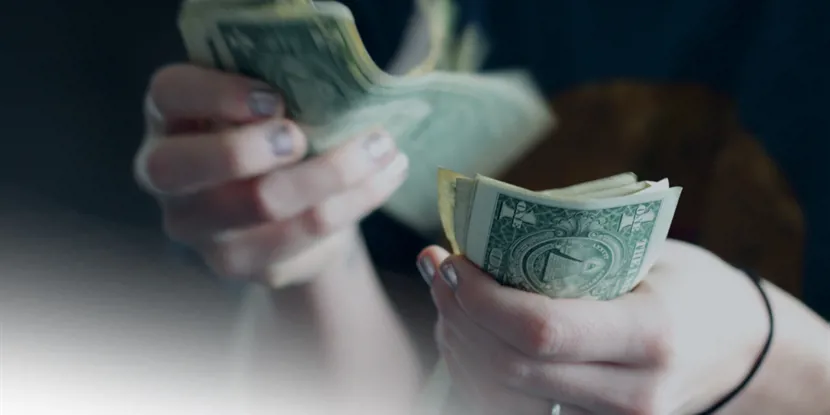Down payment

A down payment is a promise, not just money. It’s the down payment on homeownership — paid upfront — and it indicates both commitment and intent. When purchasing a house, this payment represents a portion of the total price, and the remainder is covered by a mortgage. A down payment also guarantees your interest in the property and reassures lenders of your responsibility.
That’s simple but powerful: The more you pay upfront, the less you owe down the line. For a $300,000 home, if you put 20 percent down, that’s $60,000 you pay right now, and then $240,000 that you finance. The harmony between those numbers determines your pocketbook future, but the decision to make that payment creates trust and equity right away.
Why do you need to make a down payment?
There is a reason lenders want down payments. They lower the loan-to-value ratio, a key figure in the mortgage universe. A lower ratio indicates a safer investment for the lender. And down payments signal your financial readiness and decrease the likelihood of default.
Some people confuse deposits with down payments, but the distinction is simple: A deposit is a non-binding, typically refundable move you make to solidify a deal temporarily. A down payment, on the other hand, is firm — a final step toward ownership, shackling buyer and lender in a marriage.
The importance of size
As for a normal down payment, that depends on the loan type. For most, 20% is ideal. It does away with private mortgage insurance, lowers monthly payments and provides better terms. But times change, and many buyers don’t need quite that much — in some cases as little as 3%.
But if you can’t hit the 20% mark, don’t despair. There are ways forward. FHA loans only require 3.5%, and VA or USDA loans could ask for zero. All of these options make home ownership a possibility even if a large down payment is not in the cards.
Getting a home without a down payment is uncommon but not impossible. Exceptions are available in the form of VA loans for veterans and USDA loans for rural properties under certain circumstances. These programs are lifelines for the unemployed who have little savings but meet other criteria.
Down payments: The many different kinds
Down payments are as varied as the people who make them. The most straightforward is cash—cash, simple and direct and universally accepted. Equity is a different story, though, as ownership in another property can fill the gap. For those that find saving a challenge, government programs step in to help everyone buy a home.
It takes clarity to navigate these choices. A financial adviser and a mortgage specialist can work with you to consider your options and make sure you’re choosing a path that suits your current means and future ambitions.
The advantages of paying more
Making a larger down payment does more than shrink the amount you need to borrow. It reduces monthly payments, saves on interest and could even get you a better rate. For those who can afford to pay more upfront, the benefits are clear: financial freedom and security.
Putting down a bigger payment creates equity more quickly, giving you a buffer if you ever need it. “Not having to pay private mortgage insurance is a win as well, since you have eliminated that recurring expense. This approach takes discipline but will pay off for years to come.
The minimums that matter
Each loan has different criteria. Conventional loans may have a minimum of 5% down, while FHA loans require a minimum of 3.5%. For some, VA or USDA loans offer a rare chance to buy with absolutely no money down.
These thresholds are crucial to understanding as you begin your journey. Start preparing by evaluating finances and looking into programs that fit their needs. The road to homeownership is paved with planning and perseverance.
